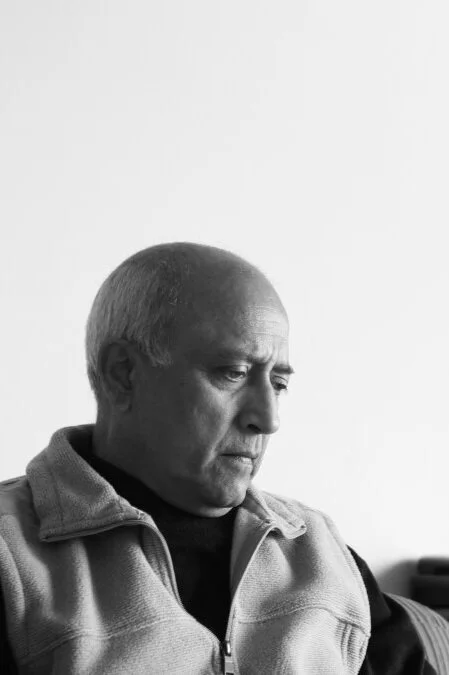
OBITUARY TO SELF
The greatest dignity to be found in death is the dignity of the life that preceded it. This is a form of hope that we can all achieve, and it is the most abiding of all. Hope resides in the meaning of what our lives have been.
Sherwin Nuland
Surgeon, Bioethicist, Essayist and Professor
The Obituary to Self :
A Journey of the Living
We are all storytellers. In Hindi, the word for story is Katha which when broken down means ‘what happened?’ or ‘what is it?’ A story is loosely comprised of three key parts – a beginning, a middle, and an end. Endings help gain a sense of closure, allow us to face a narrative in its entirety and, in some cases, produce another beginning.
The idea of storytelling stirred an interest in me to invite individuals to write their own obituaries. Traditionally, an obituary is written after a person’s death, by the survivor of the loss. The Obituary to Self : A Journey of the Living proposed that people call on their agency and imagine, reflect and write their own obituary. We’ve received obituaries from an age range of 7–93.
How would you like to be remembered?
Be a part of the Journey of the Living
WHO IS THIS FOR?
You don’t need to be experiencing loss or close to the end of life in order to participate in this reflective endeavour. Obituary to Self allows you to reflect on your life, with the reminder that life really belongs to the ultimate certainty that is death.
It is not meant prescriptive in any way. It does not replace any form of therapy. This form of reflection is an invitation to discovering oneself.
This exercise belongs to anyone who wishes to practice the awareness of our finiteness. You can choose to write a single one, or attempt this on a regular basis.
Journeys of the Living
Here are a few submissions from Obituary to Self. To read more of them, please visit our Journal.
Wg. Cdr. Rakesh Sharma (RETD)
RETIRED IAF COMBAT & TEST PILOT
“He was the personification of God like all new born children are. Again, like the rest of us, he did not remain God as he, himself, kept getting in the way of being one.”
Deepak Ramola
FOUNDER OF PROJECT FUEL
“ बुलंदी के सब पड़ाव पार कर
कभी जीतकर, कभी हार कर
एक ख़ुशी को थामकर
वो चलता रहा
उम्र के दाओ-पेंच खेलता रहा
लड़खड़ाता रहा
संभलता रहा ”
Natascha Charak
DESIGNER AND STYLIST
“She tried.”
Alicia Souza
ILLUSTRATION ARTIST
“She was happy in life. And hopefully in death, if there are dogs in heaven.
There will be no service, as per her living request.”
Our learnings so far
Although the project is ongoing, here are our insights from the initial participants of the Obituary to Self cohort.
LIFE
‘Life’ was the most frequently used word amongst all the obituaries.
85%
Over 85% spoke of their accomplishments and making a positive impact on the world.
70%
Over 70% expressed that the exercise gave them a way to speak about death and dying in a more positive and comfortable way with their loved ones.
75%
Over 75% indicated that this exercise helped them see their life goals more clearly.








